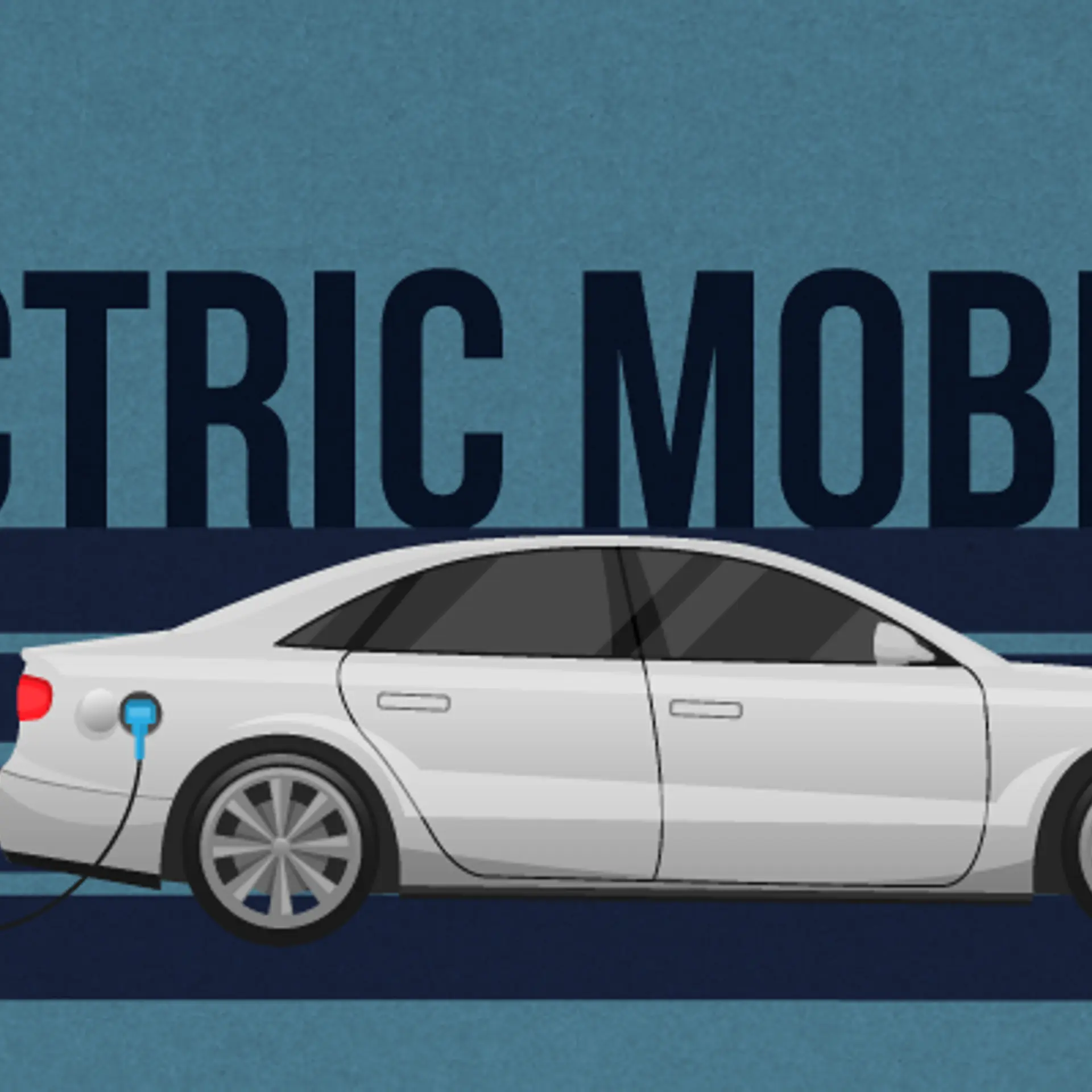
Adjust
View Brand PublisherDoes your CEO believe your marketing costs aren’t justified? Multi-Touch Attribution can help
Adjust’s latest guide, The Essentials of Multi-Touch Attribution, explores the benefits of MTA in great detail, offering helpful tips and best practises to follow when implementing it.
Marketers today operate in a brave new world where the average customer is exposed to content across several platforms. This means marketers have to seek the customers across multiple devices, channels and platforms, before they finally install your app or make a purchase.
If you are a marketer looking to carry out meaningful engagement in these times, you must embrace multi channel marketing. In fact, businesses that employ multichannel marketing achieve nearly 90 percent year-to-year customer retention rates.
A crisis of credibility
According to 2020 Tech Trends, 73 percent of CEOs believe that “marketers lack business credibility and are not the business-growth generators they should be”.
“A large part of this skepticism comes down to lack of measurement, which means some companies struggle to see the connection between campaigns and the impact they are having on business growth,” said Shubham Jha, Sales Manager India at .
Marketers need to be able to show the effectiveness of their strategy in contributing to their company’s bottom line by connecting their company’s channel-specific metrics to the right Key Performance Indicators (KPIs).
How Multi-Touch Attribution (MTA) can bridge the gap in touch point attribution
“Today’s typical customer journey involves an average seven different touch points on the path to conversion - but the current most-widely used attribution model only credits the last point of contact. This doesn’t paint the full picture of all the other touch points on the path to purchase, which are often just as important as the final one,” said Shubham, adding that MTA provides a clearer picture of how each marketing channel contributed to a single campaign.
“The biggest benefit MTA offers is to give brands a better understanding of the customer journey. By tracking multiple touch points, companies can see everything from which creatives are working best to how their keywords are performing. MTA is also essential in understanding the role each marketing channel plays in the customer journey. Where some channels are good at creating brand awareness, others are good for getting users to convert. That visibility is critical to a brand's marketing strategy,” he said.
Budgeting-wise, MTA also gives brands a competitive edge. “MTA helps to count the number and impact of touch points that drive overall performance. Marketers can then spot the weak links in their campaigns much faster, tweaking creatives and improving different elements of a campaign to make them work harder,” said Shubham.
How to ensure MTA is the right fit for your marketing strategy
Like so many other marketing effectiveness techniques, Multi-Touch Attribution is a broad discipline that encompasses multiple methods and models. Knowing which will work best for your business needs depends on what you plan to do with the information you glean from the results.
There are several types of Multi-Touch Attribution models, and each offers its own level of sophistication. Ultimately, picking your model requires the right balance between the needs of the business, and the kind of resources dedicated to it. Adjust’s latest guide, The Essentials of Multi-Touch Attribution, explores the benefits of these various MTA models in greater detail, offering helpful tips and best practises to follow when implementing it.
“For marketers looking to implement multi-touch attribution, it’s important to get it right from the outset. Calculating the impact of every touch point - and working out the credit each channel or tactic deserves - can be a daunting task. Beyond that, it also requires a shift in how teams work together. It’s crucial for departments to agree on a set of shared KPIs, as touch points can no longer be measured in isolation,” said Shubham.








